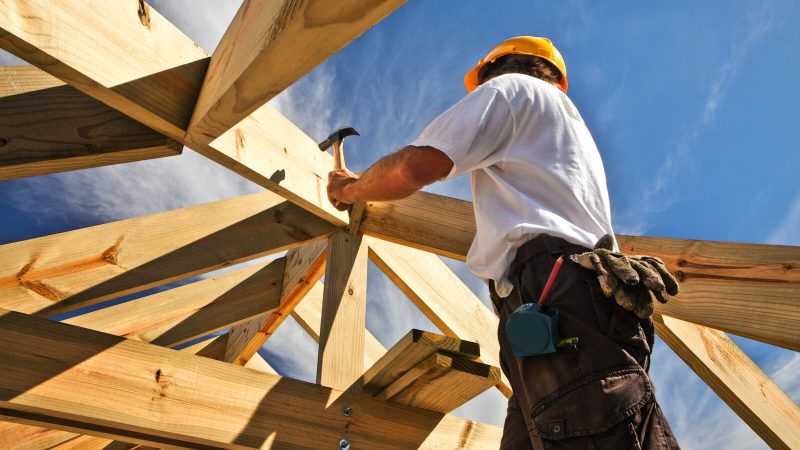
Riding the Wave: An Early Bird’s Guide to Capitalizing on the Homebuilding Resurgence
Understanding the Trends and Predictors in Homebuilding
Identifying a homebuilding rebound requires an understanding of the key indicators that reflect the health of the sector. Some of the important factors to track include new building permits, the real estate market, construction employment numbers, construction costs, homebuilder sentiments, and regional-specific factors. Close attention to these predictors can provide insights into where we stand in the building cycle and when to seize opportunities that arise from a homebuilding rebound.
Building Permits and Real Estate Market
Building permits are an essential indicator of future construction. As such, an upswing in the issuance of new permits is a clear sign of a homebuilding rebound. Additionally, one must monitor real estate market trends. A rise in home sales coupled with price appreciation can signal a robust demand, thereby paving the way for a homebuilding rebound.
Construction Employment and Costs
A growing construction workforce is another indicator of an impending rebound. Increases in construction employment depict a sector that’s ramping up activity. On the other hand, construction costs, which include material costs and labor costs, can suggest the direction of the homebuilding industry. Lower construction costs translate to healthier profit margins for builders, encouraging further construction. Similarly, steady increases in these costs could indicate a rising demand for homebuilding materials and labor.
Homebuilder Sentiments
Indices that measure homebuilder confidence, like the National Association of Home Builders (NAHB) / Wells Fargo Housing Market Index in the U.S., can be effective predictors of future construction. A high index reading implies that builders have a positive outlook on the market, often leading to an uptick in homebuilding activity.
Regional-Specific Factors
Lastly, regional-specific factors can offer critical insights into local homebuilding market conditions. These factors could include local economic conditions, population trends, zoning laws, and even weather patterns— all of which can significantly impact homebuilding activities.
Investment and Financial Strategies
When these indicators suggest a rebound in homebuilding, investors can position themselves to catch the trend early on. Specific strategies might include investing in homebuilder stocks or exchange traded funds (ETFs) that track homebuilding indices. Property investments and partnerships with developers can also be worthwhile for those with a higher risk appetite.
Similarly, those involved in the construction trade could pivot their strategies to expand their capabilities and take on more projects. Suppliers in the homebuilding sector could prepare for increased demand by boosting their stocks or expanding their product lines.
In addition, it’s essential to utilize digital tools and
